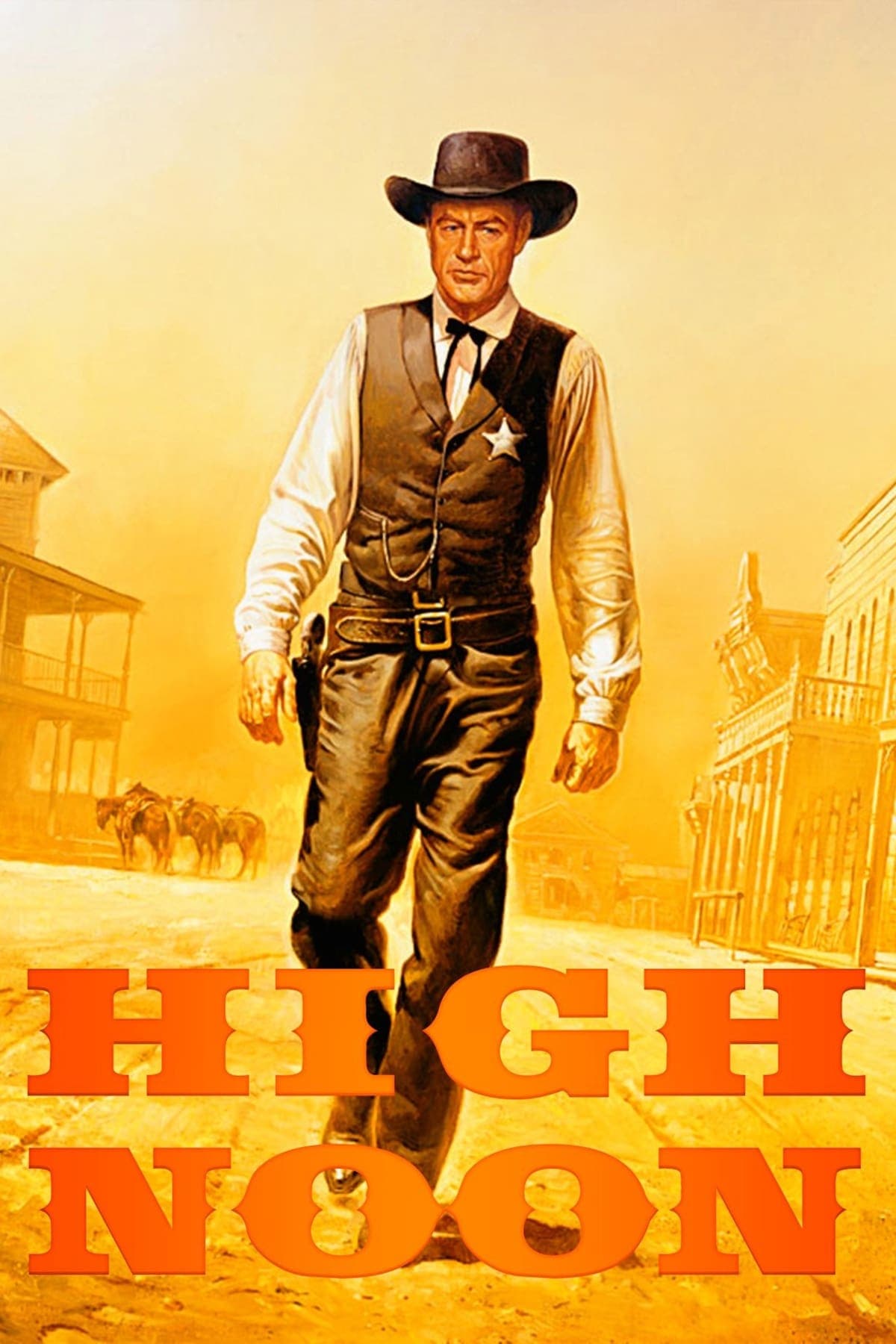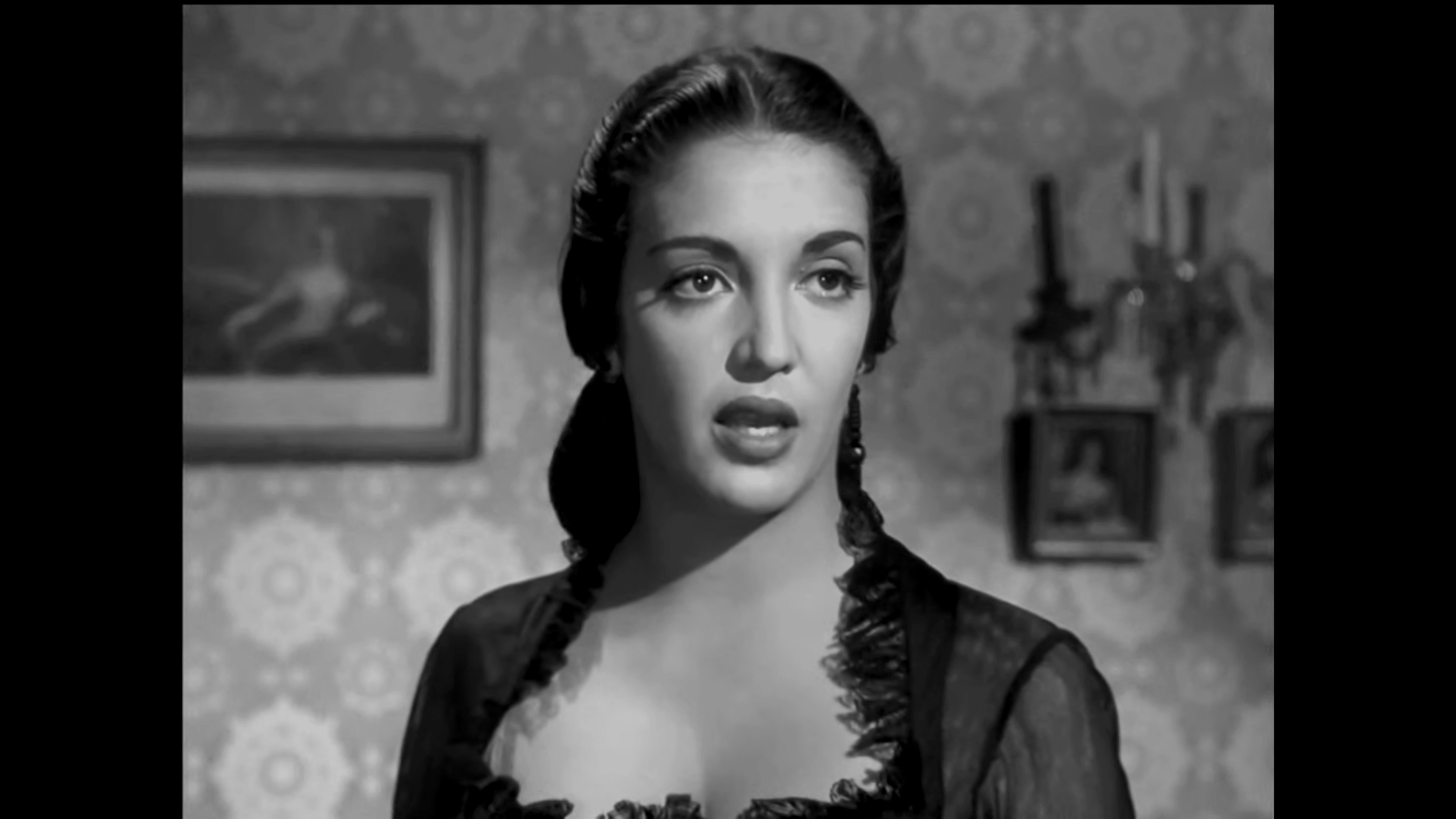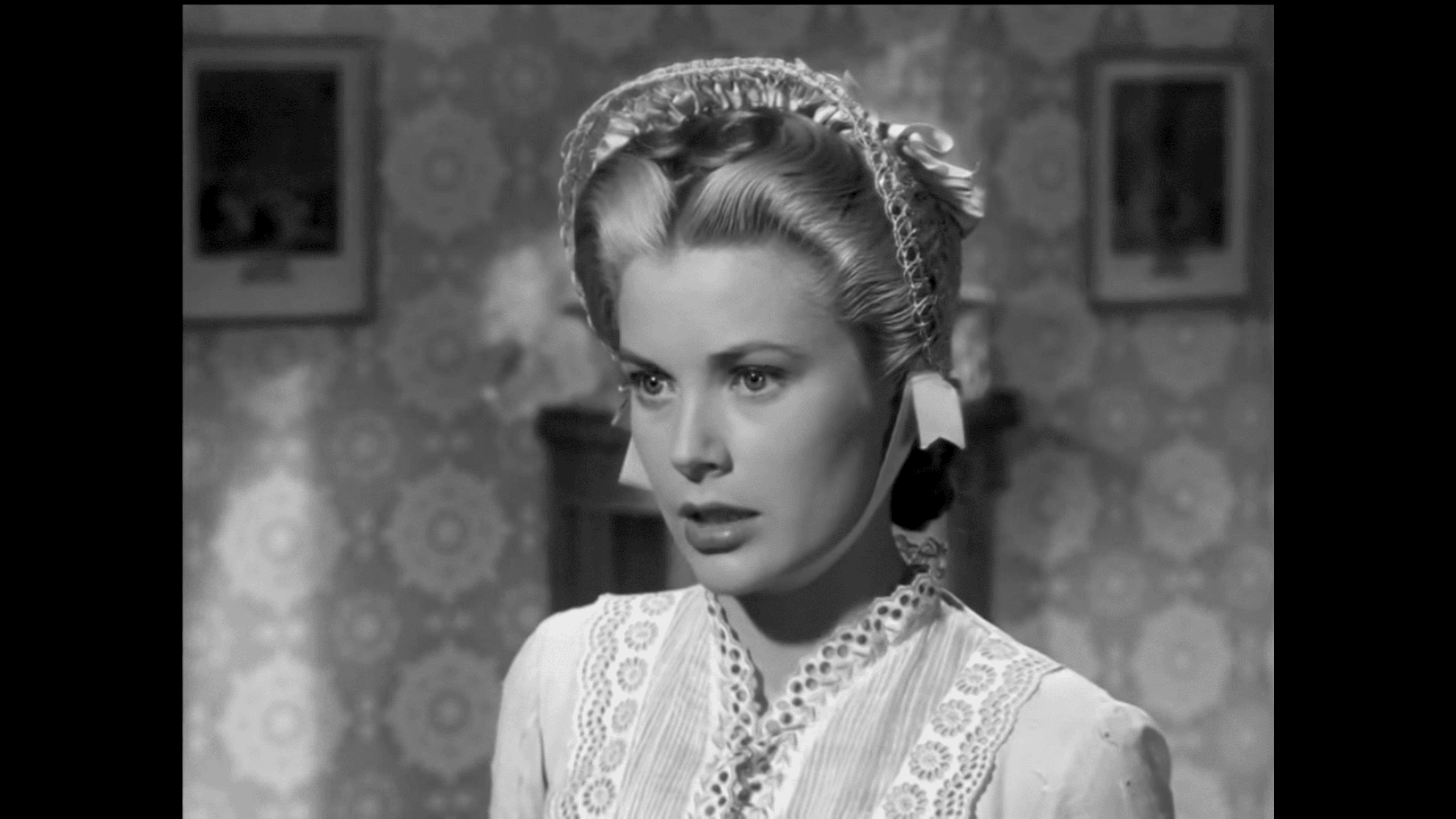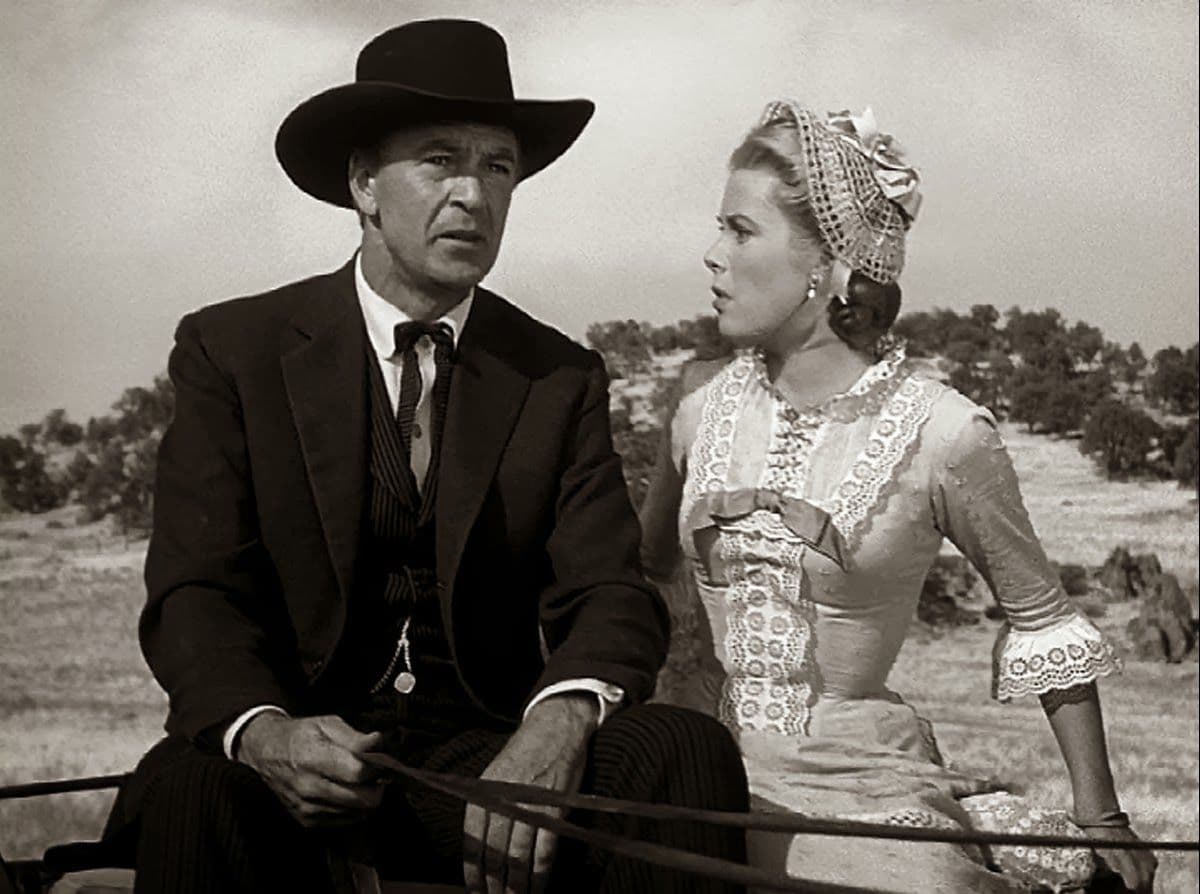
High Noon
1952
Rate this movie
Average: 5.00 / 5
(2 votes)
Director
What more can be said about this film that hasn't already been written? It is probably the work that, more than any other, contributed to the success of the western epic with its glorification of the solitary hero who strikingly embodies the purity of the American dream. But it would be reductive to confine High Noon to mere exaltation; in reality, it acts as a magnifying glass on the dark side of that very same dream, surgically dissecting the moral failure of a community, the alienation of the individual, and the overwhelming weight of responsibility. It is not merely a western, but an existential drama disguised as an American parable, a searing allegory born from the anxieties and fears of McCarthyite Hollywood.
The story centers on the figure of the sheriff of a tranquil provincial town in 1870. Hadleyville, a name that evokes quietude and progress, is a microcosm of nascent American civilization, a settlement striving to shed the legacy of the violent frontier to embrace bourgeois respectability. It is in this context of transition, where order and law are still fragile, that we find the archetype of the guardian of justice, Will Kane, portrayed with an almost poignant mastery by a Gary Cooper at the pinnacle of his career. His apparent physical fatigue on set (due to real health problems) translates into a dramatic intensity and vulnerability that make his hero incredibly human, light-years away from the granite-like invulnerability of celluloid cowboys.
The man, having fallen in love with a Quaker girl, decides, for her sake, to hang up his star and leave with his beloved. This desire for peace, for a normal life far from violence, is not merely a narrative motive, but a crucial thematic element. Amy's Quaker faith, portrayed with ethereal grace by Grace Kelly, introduces a dimension of radical pacifism that directly clashes with the intrinsic violence of the West and with Kane's duty. It is a conflict between love and sacred duty, between the promise of a new life and the burden of a past that refuses to let go. Their journey towards happiness is interrupted by the raw reality of a past knocking at the door, perhaps a symbol of the inevitability of violence permeating human nature or the fragility of any utopia of peace.
But his plans are overturned by the announcement of the arrival of a dangerous bandit and his accomplices on the noon train. The train, no longer a symbol of progress and connectivity, here transforms into an inexorable messenger of death, the engine of a destiny from which no one can escape. It is a narrative device of brilliant simplicity, condensing the entire drama into a limited and palpable time frame.
The man, left dramatically alone, prepares for the duel out of a pure sense of responsibility. His solitude is not a heroic choice, but the result of a terrifying collective abdication. The community of Hadleyville, which he has protected and served, proves cowardly, selfish, and opportunistic, preferring blind indifference to the risk of taking a stand. This is the film's pulsating, polemical heart: the disillusionment with the collective, the subtle yet ferocious criticism of a society that renounces its moral principles in the face of threat. It is no longer the glorification of the American myth, but its ruthless examination: the dream proves to be a chimera when its defense is entrusted to only one man, while the rest of the community retreats into the shadows. This parable, orchestrated by screenwriter Carl Foreman (at the time a victim of the Hollywood "blacklist" and forced to flee to England), resonates as a bitter commentary on the climate of denunciation and fear that gripped the film industry and all of America during the years of the Witch Hunt. Kane, alone against his attackers and the indifference of his town, becomes a metaphor for the isolated and persecuted intellectual or artist.
The film is an inexorable hourglass that marks the time separating the protagonists from the final duel. This real-time, almost theatrical narrative structure is a stroke of genius by director Fred Zinnemann. Every ticking of the clock, every gaze at the strained faces, every scene showing the passing of minutes, amplifies the psychological tension and emotional claustrophobia. Zinnemann, with his stark and precise direction, transforms the waiting into a character in itself, making the audience participate in Kane's agony. It is a technique that prefigures certain modern thrillers, but which here serves a moral drama of almost Shakespearean intensity. The imminence of noon becomes not just an appointment with death, but with truth: the truth about the nature of heroism, about the fragility of justice, and about the ephemeral loyalty of men. It is not only the narrative that contracts, but the very soul of the protagonist, placed under unbearable pressure, while the world around him reveals itself in its petty, cynical reality.
Shot in breathtaking black and white, it was horribly disfigured in the 1980s by artificial color, which sounds like a pair of scribbled moustaches over a Michelangeloesque figure. The original black and white was not a mere technical limitation, but a deliberate and fundamental artistic choice. It conferred upon the film an almost documentarian gravitas, a somber and contrasted atmosphere that exalted the dichotomy between good and evil, between light and shadow, between courage and cowardice. The sweaty faces, the gazes lost in anguish, the details of Hadleyville's dusty outskirts, all acquired a depth and symbolic significance that color would have inevitably diluted. The colorization was an act of cultural vandalism, an attempt to flatten a masterpiece into a more "commercial" product, completely ignoring the aesthetic intent and expressive power of a film that feeds on its shades of gray to explore the moral nuances of a soul teetering on the brink of the abyss. Watching High Noon in color is like listening to a symphonic orchestra through a shoddy car radio: the soul is lost.
Country
Gallery






Comments
Loading comments...